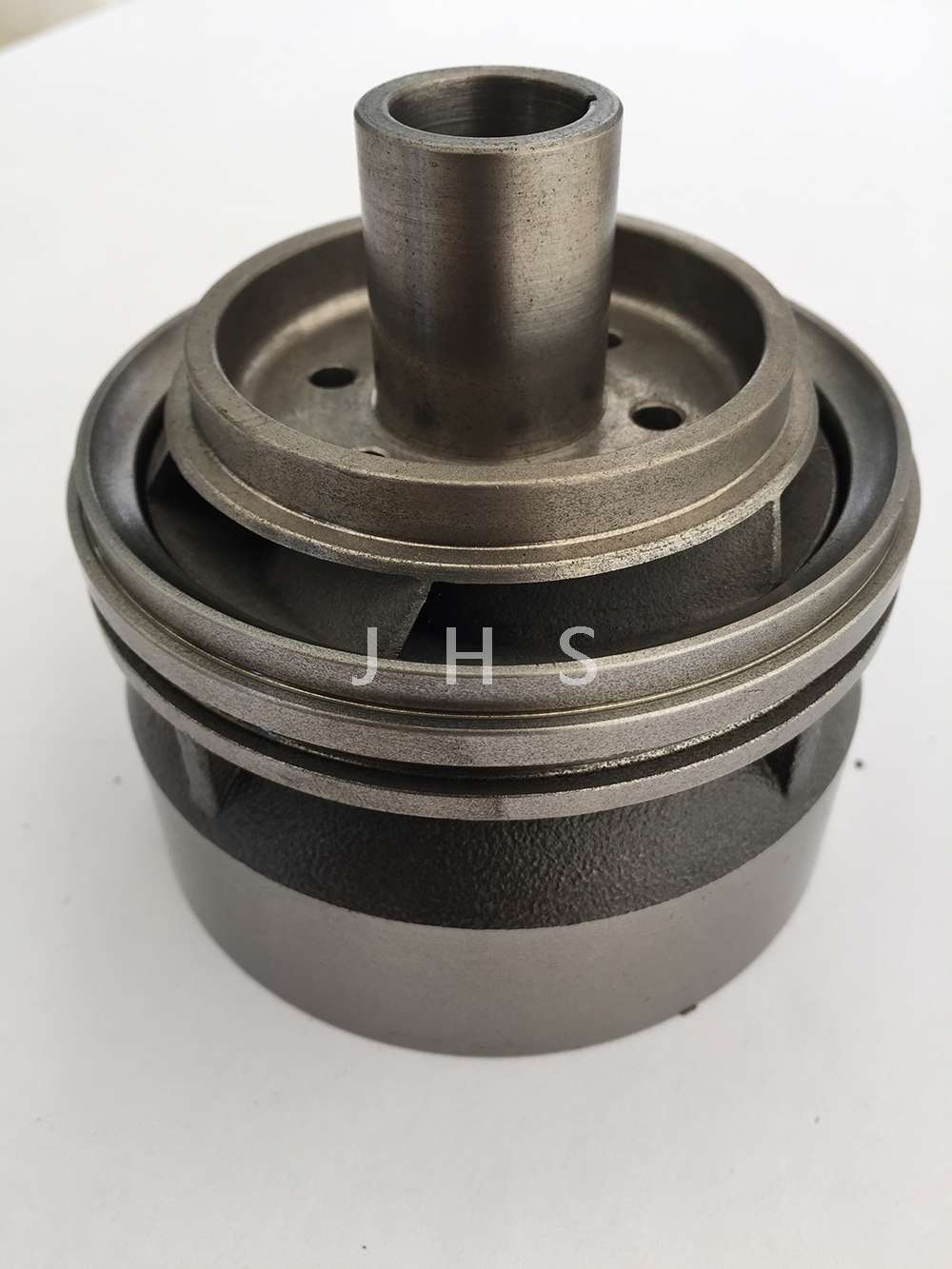Common faults and treatment methods of electric submersible pump wells
Oil wells are the core of wellhead platforms, and oil well management is also the focus of platform operators' work. The common faults of electric submersible pump wells are as follows: 1. Underload Possible causes of underload and corresponding handling measures: Insufficient fluid supply to the formation. If the liquid supply to the formation is temporarily insufficient, the operating current of the electric pump will decrease, the oil pressure will decrease, the temperature will decrease, and the liquid production will also decrease. If the current is much higher than the set value of the underload current, the Tianjin submersible electric pump should appropriately reduce the nozzle to control the liquid production. When the oil pressure returns to normal, gradually enlarge the nozzle to the original scale for normal production. Gas effects. According to the location of oil and gas separation, it can be divided into: (1) Reservoir degassing. With the development of the oil field, the pressure of the formation gradually decreases, so the oil layer near the oil well begins to emerge The current phenomenon of degassing is that if the degassing is slight, the gas gradually migrates towards the wellbore with the flow of liquid and formation pressure difference. During the migration process, the gas not only accumulates and expands, but also easily forms bubble flow and slug flow when it reaches the wellbore. In this case, the Tianjin submersible electric pump is prone to sudden underload. (2) Bottom hole degassing. When the production pressure difference is too large, the bottom hole flow pressure is too low, and at this time, it is easy to form bottom hole degassing. When the degassing is slight and the wellbore liquid flows in the form of bubble flow, the electric pump can produce normally at this time; When degassing is severe, the wellbore liquid flows in the form of slug flow, and the electric pump is prone to sudden underload. At this time, the production rate should be appropriately controlled to reduce the production pressure difference. 2. Overload Possible causes of overload and corresponding handling measures: The displacement of the pump suddenly increases. This situation usually occurs when the oil nozzle is slightly blocked. When the oil pressure rises to a certain level or when the blockage is manually relieved, the oil nozzle suddenly bursts open, resulting in a sudden increase in pump displacement. The motor load of Tianjin submersible pump suddenly increases, and the impact current causes overload and shutdown. When encountering high oil pressure, the first step is to slightly move the oil nozzle and slowly release the pressure. When the oil pressure approaches the normal value, readjust it.
|


